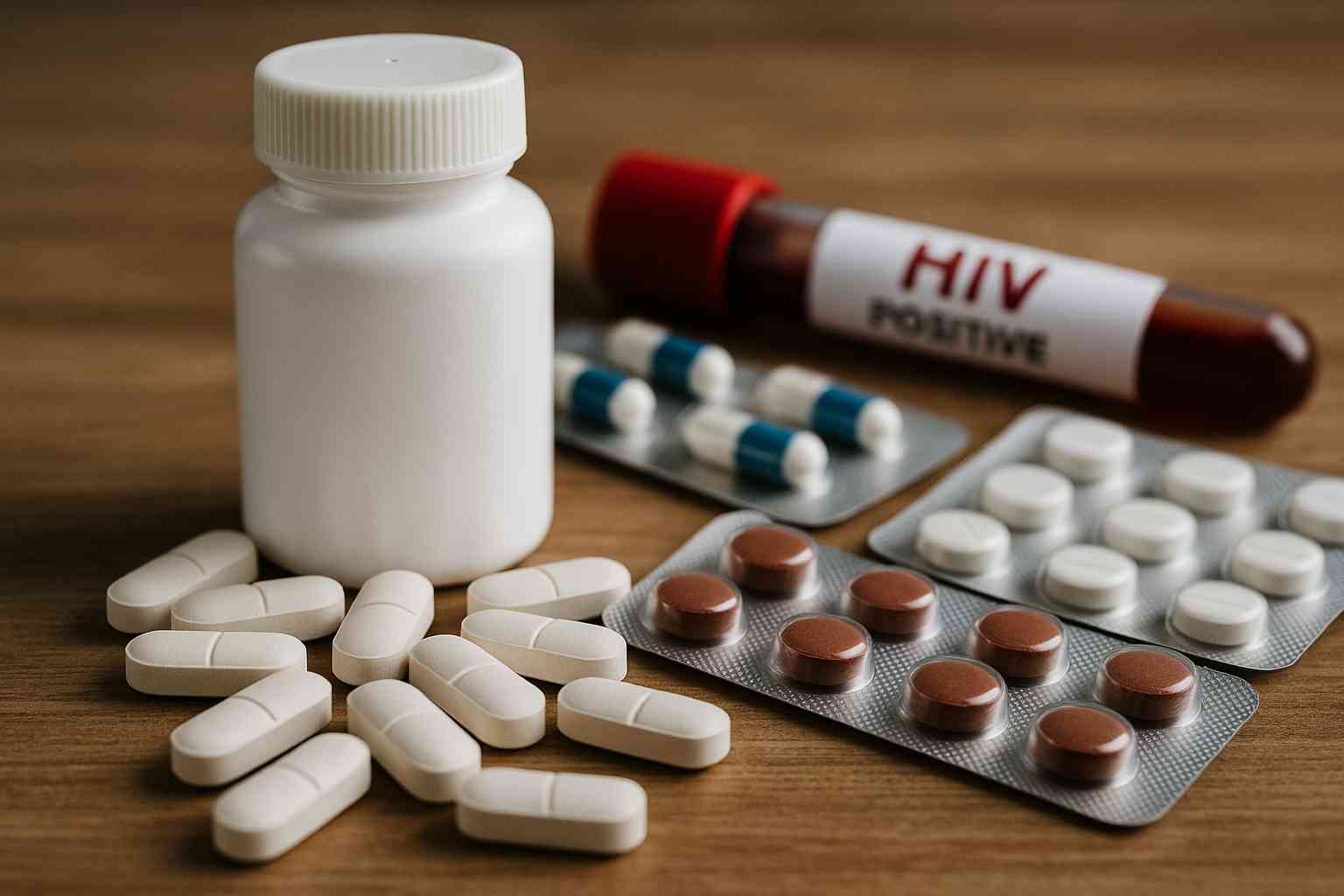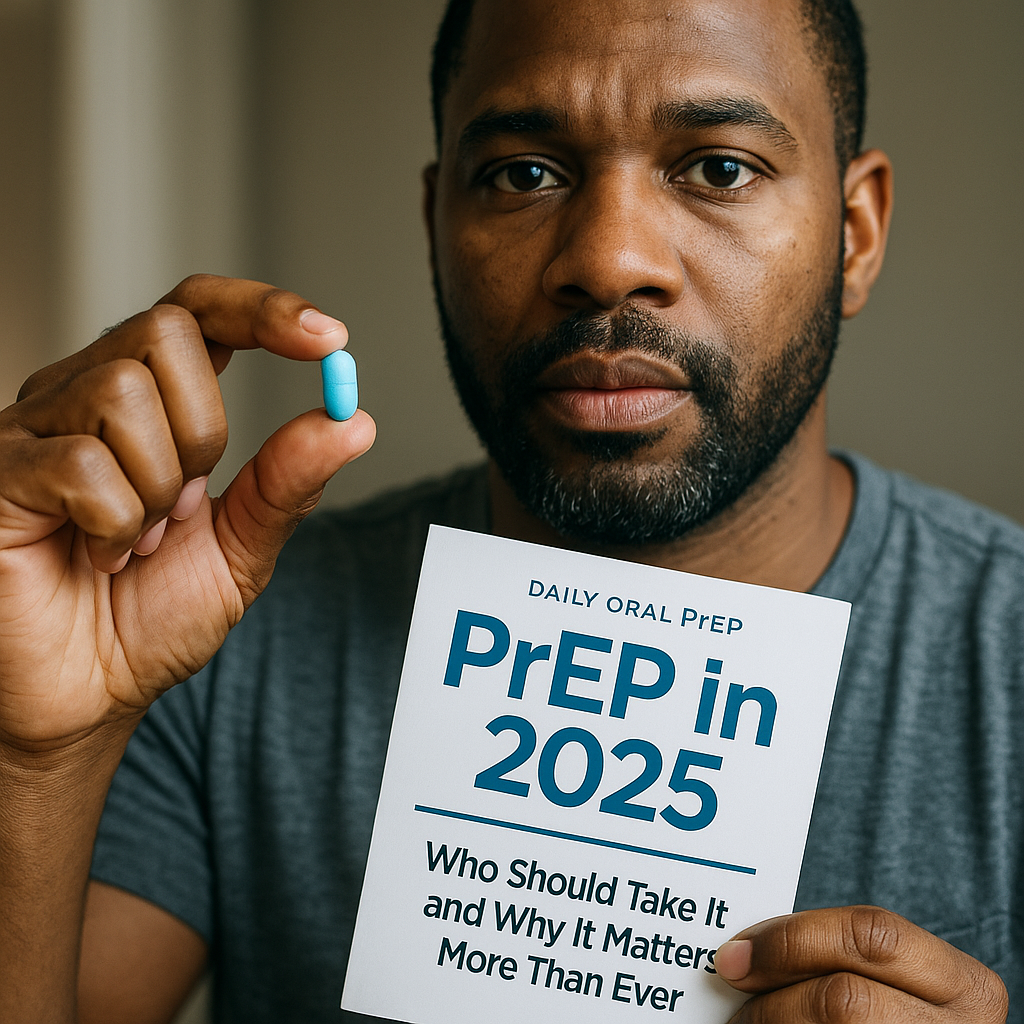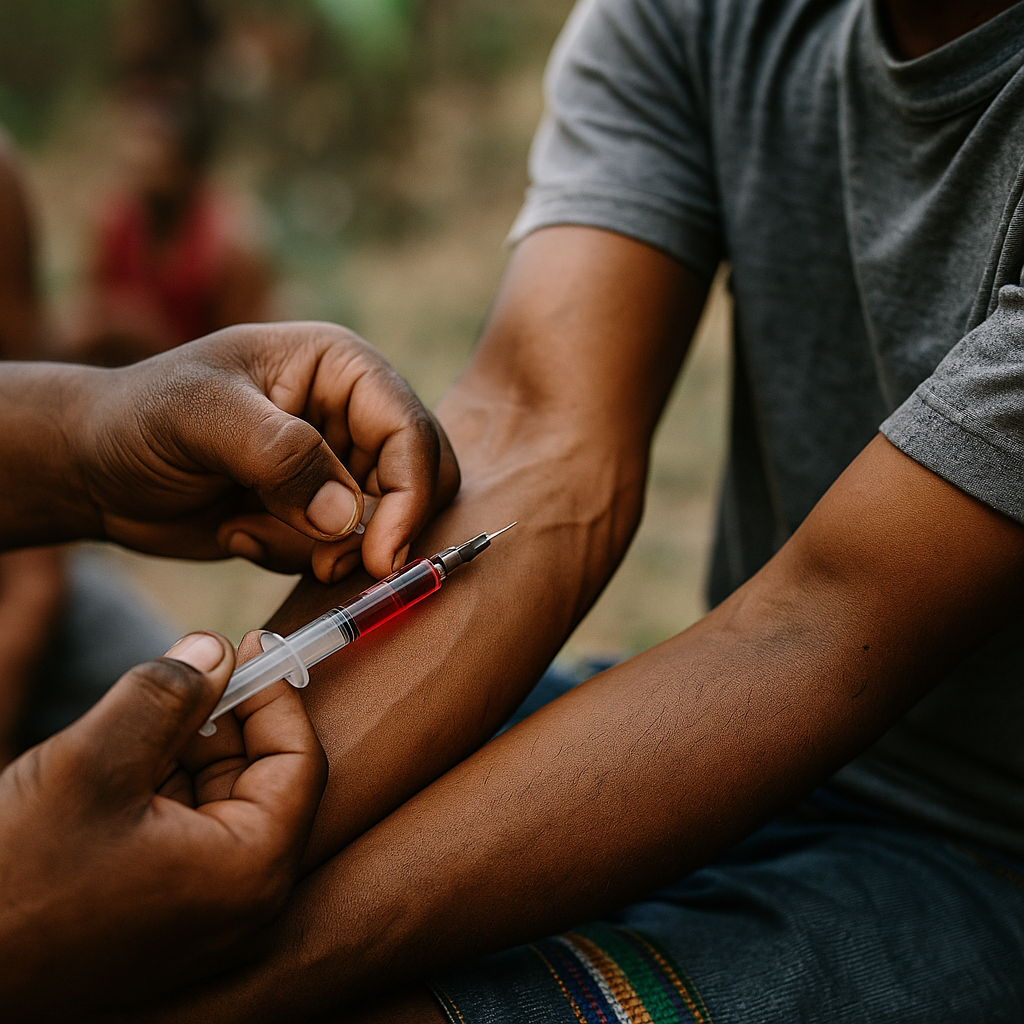Introduction
HIV Drugs have come a long way, from burdensome daily pills to cutting‑edge, long‑acting therapies. Have you ever wondered how new HIV Drugs could change prevention and treatment in 2025? This article explores recent advances, including injectable options and novel drug classes, that are reshaping the landscape of HIV care with enhanced convenience and effectiveness.
Table of Contents
– Long‑Acting Injectable Therapies
– New Drug Classes and Capsid Inhibitors
– Treatment Options for Drug Resistance
– The Future of HIV Drugs and Cure Research
– FAQ
– Conclusion
Long‑Acting Injectable Therapies
The most dramatic shift in HIV drug delivery is the rise of long‑acting injectables. Lenacapavir, branded in the U.S. as Yeztugo and Yeytuo in Europe, was approved by the FDA in June 2025 for HIV prevention with twice‑yearly dosing. Clinical trials demonstrated nearly 100% effectiveness—96% in cisgender women and 100% in men who have sex with men or gender‑diverse individuals (apnews.com, reuters.com).
European regulators approved it in July 2025, offering the first biannual HIV prevention injection in the EU (apnews.com). Globally, access remains uneven, but Gilead has licensed generics for 120 low‑ and middle‑income countries (washingtonpost.com).
Cabotegravir/rilpivirine (Cabenuva) remains an option for treatment, given every month or every other month to maintain viral suppression (en.wikipedia.org). These injectables reduce adherence barriers and stigma, helping more people benefit from HIV drug therapy.
New Drug Classes and Capsid Inhibitors
Lenacapavir represents a novel class of capsid inhibitors—the first of its kind approved to target HIV’s protein shell and halt replication (reuters.com). Its mechanism differs from older drugs, offering options for people with treatment-resistant virus.
Other promising investigational HIV Drugs include VH‑184 and VH‑499, both long‑acting candidates that performed strongly in early trials at CROI 2025, matching top current antiretrovirals in potency (aidsmap.com).
Rovafovir etalafenamide (GS‑9131), a nucleotide reverse transcriptase inhibitor developed for resistant HIV‑1 strains, is also in development, showing activity against viruses resistant to many standard therapies (en.wikipedia.org).
Treatment Options for Drug Resistance
When standard regimens fail, new HIV Drugs offer hope. Fostemsavir (Rukobia), an attachment inhibitor targeting viral entry, treats adults with multidrug‑resistant HIV who have few options left and was FDA‑approved in 2020 (en.wikipedia.org).
Ibalizumab (Trogarzo), a monoclonal antibody that blocks HIV post‑attachment to CD4 cells, is another first‑in‑class option for resistant HIV, approved in 2018 (en.wikipedia.org).
Biktarvy, a once‑daily single‑tablet regimen combining bictegravir with F/TAF, remains a highly effective backbone drug in current treatment guidelines and retains broad use in both U.S. and international HIV guidelines (gilead.com).
The Future of HIV Drugs and Cure Research
Beyond managing the virus, researchers seek to address hidden HIV reservoirs. Gilead announced at CROI 2025 that a long‑acting combination of lenacapavir plus broadly neutralizing antibodies (bNAbs) achieved its primary study endpoint and earned Breakthrough Therapy designation from FDA (gilead.com).
Meanwhile, efforts continue toward eliminating viral reservoirs using T cell receptor agents and gene editing tools, explored in recent cure‑focused reviews (biologyinsights.com). Although no cure yet exists, these HIV Drugs and technologies may eventually push us closer to eradication.
FAQ
What are HIV Drugs used for prevention called?
Dual strategy prevention drugs include daily oral PrEP and long‑acting injectables like lenacapavir (Yeztugo/Yeytuo) and cabotegravir.
Are long‑acting HIV drugs safe?
Approved injectables like lenacapavir and cabotegravir/rilpivirine showed good safety in trials, with injection‑site reactions and mild nausea reported (en.wikipedia.org, en.wikipedia.org).
Can people switch from daily pills to injections?
Yes, people with stable viral suppression on daily antiretroviral regimens may switch to injectable options like Cabenuva under clinical guidance.
When might new HIV Drugs reach routine use?
Lenacapavir is already in use for prevention; investigational drugs like VH‑184, VH‑499, and the lenacapavir + bNAb combo are expected to progress through trials in 2025–2026.
Will these advancements help end the epidemic?
They could significantly reduce new infections and improve adherence globally—but equitable access and infrastructure funding remain vital to their success.
Conclusion
HIV Drugs in 2025 are redefining HIV care. Long‑acting injectables like lenacapavir and cabotegravir/rilpivirine offer convenience and high effectiveness. New drug classes such as capsid inhibitors and agents for resistant virus create more personalized options. Looking ahead, combination regimens and innovative cure research hold promise. With global equity and access, these advances may help turn the tide in the HIV epidemic.
This content is not medical advice. For any health issues, always consult a healthcare professional. In an emergency, call 911 or your local emergency services.




